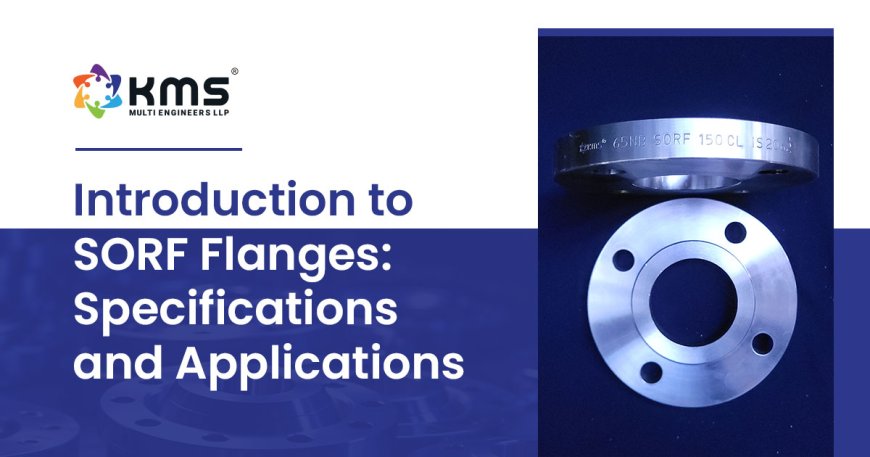Overview of SORF Flanges: Advantages & Disadvantages
Learn about SORF (Slip-On Raised Face) flanges, their advantages, disadvantages, and common applications in low-pressure piping systems. Discover why they are cost-effective and easy to install.

SORF Flanges Overview
SORF (Slip-On Raised Face) flanges are one of the most commonly used types of flanges in piping systems. As the name suggests, these flanges slip over the pipe and are welded both inside and outside to enhance strength and prevent leaks. The raised face (RF) design provides a small area for gasket seating, improving the sealing of the connection. SORF flanges are typically used in lower pressure systems, where assembly ease and cost efficiency are key considerations.
Advantages of SORF Flanges:
- Ease of Installation: SORF flanges can be easily slipped over the pipe, requiring less alignment compared to other types of flanges.
- Cost-Effective: Due to their simple design and easy installation, SORF flanges are generally more economical compared to weld neck flanges.
- Versatile Application: Suitable for a wide range of low-pressure systems in industries such as oil, gas, water treatment, and chemical processing.
- Simple Welding Requirements: Requires welding on both the inside and outside for strength, which can be achieved with standard welding processes.
Disadvantages of SORF Flanges:
- Limited to Low Pressure: SORF flanges are generally not suitable for high-pressure systems, as they may not withstand the force and could lead to leakage.
- Weaker Joint: Compared to other flanges like weld neck flanges, SORF flanges create a weaker connection, reducing their durability in high-stress environments.
- Gasket Misalignment: In some cases, improper alignment during installation can result in poor gasket performance, leading to potential leakage.
What's Your Reaction?





























